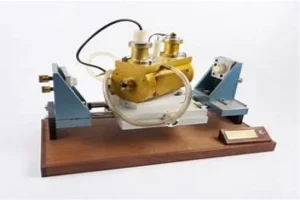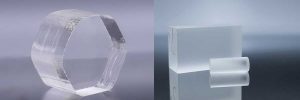Introduction to Nonlinear Optical (NLO) Applications
In the realm of photonics, nonlinear optical (NLO) applications have emerged as a significant area of research and development. These applications leverage the nonlinear properties of certain materials to manipulate light in ways that linear optical materials cannot. One of the most promising areas in this field is the exploration of UV crystals for NLO applications.
The Science Behind UV Crystals and NLO Applications
Understanding the science behind UV crystals and their role in NLO applications requires a deep dive into the world of optics. The unique properties of UV crystals, such as their ability to convert and generate frequencies, are rooted in their atomic and molecular structures. These structures allow UV crystals to interact with light in ways that other materials cannot.
The atomic structure of UV crystals is what gives them their unique properties. These crystals are made up of atoms arranged in a specific pattern, creating a lattice structure. This structure allows the crystals to interact with light in unique ways, leading to phenomena such as frequency conversion and harmonic generation.
On a molecular level, the interactions between the atoms in UV crystals are what allow for the manipulation of light. When light passes through these crystals, the electromagnetic fields of the light interact with the electric fields of the atoms in the crystal. This interaction leads to a change in the light’s frequency, a process known as frequency conversion.
The unique properties of UV crystals have led to their use in a wide range of NLO applications. These applications span various fields, from scientific research to technology and industry.
In the field of laser technology, UV crystals are used to manipulate the frequency of laser light. By passing laser light through a UV crystal, the light’s frequency can be altered to suit specific needs. This is particularly useful in applications such as laser cutting and engraving, where precise control over the laser’s frequency is essential.
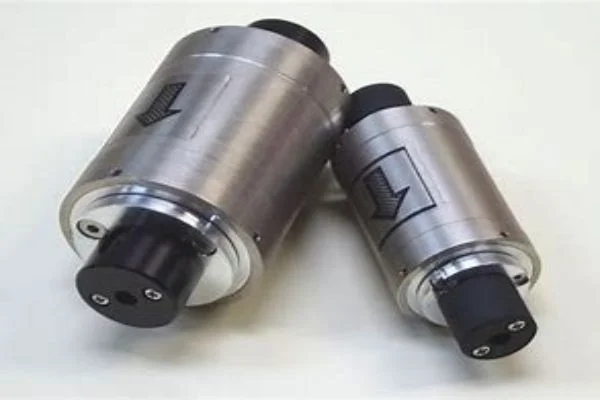
UV crystals also play a crucial role in microscopy and spectroscopy. In these applications, the harmonic generation property of UV crystals is used to explore materials at a much finer scale. By generating harmonics of the original light frequency, UV crystals allow for the examination of materials at a molecular and even atomic level.
In the telecommunications industry, UV crystals are used in devices such as optical modulators, which control the intensity, phase, polarization, and propagation direction of light. The unique properties of UV crystals make them ideal for these applications, where precise control over light is essential.
As research into UV crystals and NLO applications continues, we can expect to see even more exciting developments in this field. Scientists and engineers are continually discovering new ways to leverage the unique properties of UV crystals, leading to advancements in various scientific and technological fields.
With their ability to manipulate light beyond the visible spectrum, UV crystals hold the potential to revolutionize the way we understand and interact with the world around us. From enhancing our ability to explore the microscopic world to improving our telecommunications technology, the possibilities are endless. As we continue to explore the potential of UV crystals in NLO applications, the future looks bright indeed.
Diving Deeper into UV Crystals for NLO Applications
The world of nonlinear optics is vast and complex, with UV crystals playing a pivotal role. These crystals, each with their unique properties, are being extensively studied for their potential in various NLO applications.
Beta-Barium Borate (BBO) Crystals: The Powerhouse of NLO Applications
The versatility of BBO crystals extends beyond their physical and chemical properties. Their adaptability also lies in their ability to be grown in various sizes and shapes, catering to a wide range of applications. From small-scale laboratory experiments to large-scale industrial applications, BBO crystals can be customized to fit specific requirements.
The high optical homogeneity of BBO crystals ensures that light passing through them experiences minimal distortion. This is particularly crucial in applications such as imaging and microscopy, where the quality of the resulting image is heavily dependent on the consistency of the light passing through the optical material.
Moreover, BBO crystals have a unique property known as birefringence. This property allows these crystals to split a light beam into two separate beams that travel at different speeds and in different directions. This phenomenon can be exploited in a variety of ways, such as in the creation of polarizers, optical isolators, and beam displacers.

In the realm of high-power laser applications, the high damage threshold of BBO crystals makes them an ideal choice. They can withstand the high intensities of laser light without suffering any damage, ensuring the longevity and reliability of the devices they are used in.
Furthermore, the excellent thermal stability of BBO crystals ensures that their performance remains consistent even under varying temperature conditions. This is particularly important in applications where the equipment is exposed to a wide range of temperatures, such as in space exploration or in high-power laser systems.
In conclusion, the unique properties of BBO crystals, coupled with their adaptability and resilience, make them a powerhouse in the field of NLO applications. As research continues to uncover new ways to exploit these properties, we can expect to see BBO crystals playing an increasingly important role in the advancement of photonics technology.
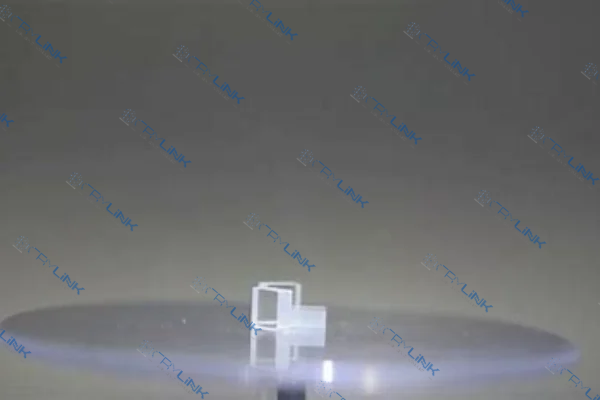
Lithium Triborate (LBO) Crystals: The All-Rounder in NLO Applications
Lithium Triborate (LBO) crystals are not just known for their high optical homogeneity and broad transparency range, but also for their wide phase-matching range. Phase matching is a crucial aspect in nonlinear optics, as it allows for the efficient conversion of light from one frequency to another. LBO crystals, with their wide phase-matching range, are capable of achieving efficient frequency conversion over a wide range of input frequencies. This makes them highly versatile and suitable for a variety of NLO applications.
Another significant advantage of LBO crystals is their low absorption coefficient. This property ensures that a minimal amount of light is absorbed by the crystal, thereby preventing energy loss and ensuring efficient transmission of light. This is particularly beneficial in applications such as laser technology, where energy efficiency is of paramount importance.
Furthermore, LBO crystals are chemically stable, making them resistant to moisture and other environmental factors. This enhances their durability and makes them suitable for use in harsh environments. Their high damage threshold also contributes to their robustness, allowing them to withstand high-intensity light without suffering damage.
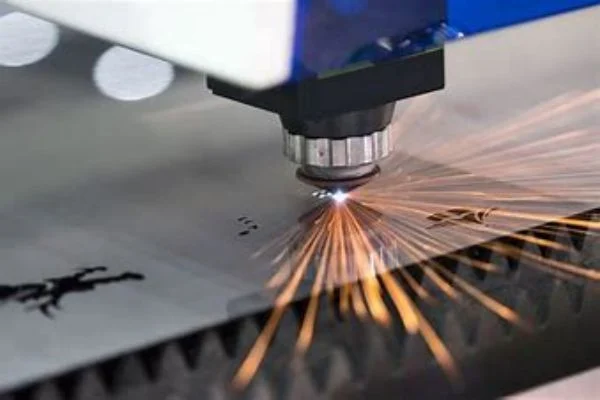
In addition to their use in frequency conversion and harmonic generation, LBO crystals are also used in parametric oscillation. This is a process where an input light wave generates two output waves with different frequencies. The ability of LBO crystals to facilitate this process makes them invaluable in applications such as optical parametric oscillators and amplifiers.
In summary, the unique properties of LBO crystals, including their high optical homogeneity, broad transparency range, wide phase-matching range, and high damage threshold, make them an all-rounder in NLO applications. Their versatility and resilience ensure that they will continue to play a vital role in the field of nonlinear optics.
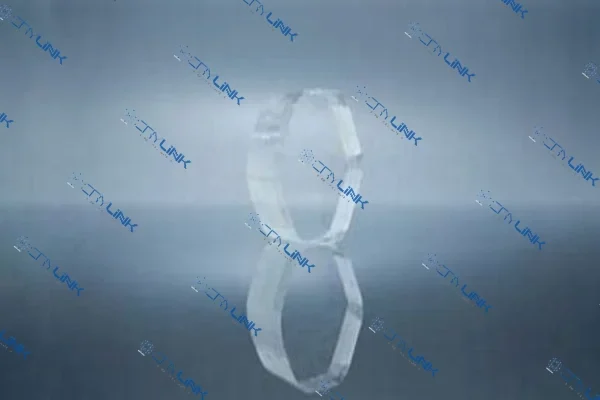
Potassium Dihydrogen Phosphate (KDP) Crystals: The Specialist in Electro-Optical Applications
Potassium Dihydrogen Phosphate (KDP) crystals are known for their high optical damage threshold and excellent electro-optical properties. These properties make KDP crystals ideal for applications such as electro-optical modulation and Q-switching in lasers.
Electro-optical modulation is a technique used to control the intensity, phase, polarization, or propagation direction of light using an electric field. KDP crystals, with their excellent electro-optical properties, are perfect for this application. They can respond quickly to changes in the electric field, allowing for rapid modulation of light.
Similarly, Q-switching is a technique used in lasers to produce a high-intensity laser pulse. It involves the use of a “Q-switch,” which can be made from a material like KDP. The high optical damage threshold of KDP crystals makes them ideal for this application, as they can withstand the high-intensity light produced during Q-switching.
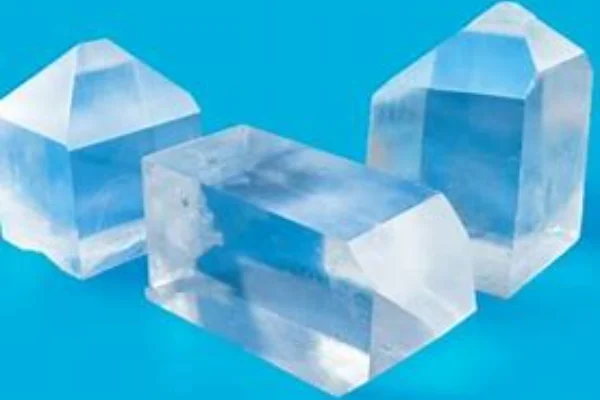
Conclusion: The Future of UV Crystals in NLO Applications
The exploration of UV crystals for NLO applications is a rapidly evolving field. With their unique properties, these crystals hold the potential to revolutionize various scientific and technological applications. As research continues, we can expect to see even more exciting developments in this area.
Frequently Asked Questions
- What are UV crystals?
UV crystals are special types of crystals that have unique properties allowing them to manipulate ultraviolet light in ways that other materials cannot. - What are NLO applications?
NLO stands for nonlinear optical applications. These are applications that leverage the nonlinear properties of certain materials to manipulate light. - What is frequency conversion?
Frequency conversion is a process where the frequency of light is altered as it passes through a nonlinear optical material. - What is harmonic generation?
Harmonic generation is a process where a material generates harmonics, or multiples of the original light frequency, when light passes through it. - What are some examples of UV crystals used in NLO applications?
Some examples of UV crystals used in NLO applications include Beta-Barium Borate (BBO) crystals, Lithium Triborate (LBO) crystals, and Potassium Dihydrogen Phosphate (KDP) crystals.



